Adding vapor barriers to homes is one way of protecting them. But in your effort to protect it, have you ever wondered, does it cause the growth of mold and mildew? We researched this subject for you, and here is what we discovered.
Yes, installing vapor barriers on the structure's inside prevents inward drying. When the walls become damp during construction or, more commonly, throughout the home's lifetime, this issue can also result in serious moisture problems and mold infestations.
There are a few more important considerations when installing a vapor barrier. So, bear with us while we clarify what a vapor barrier is and how you might use it. Keep reading!
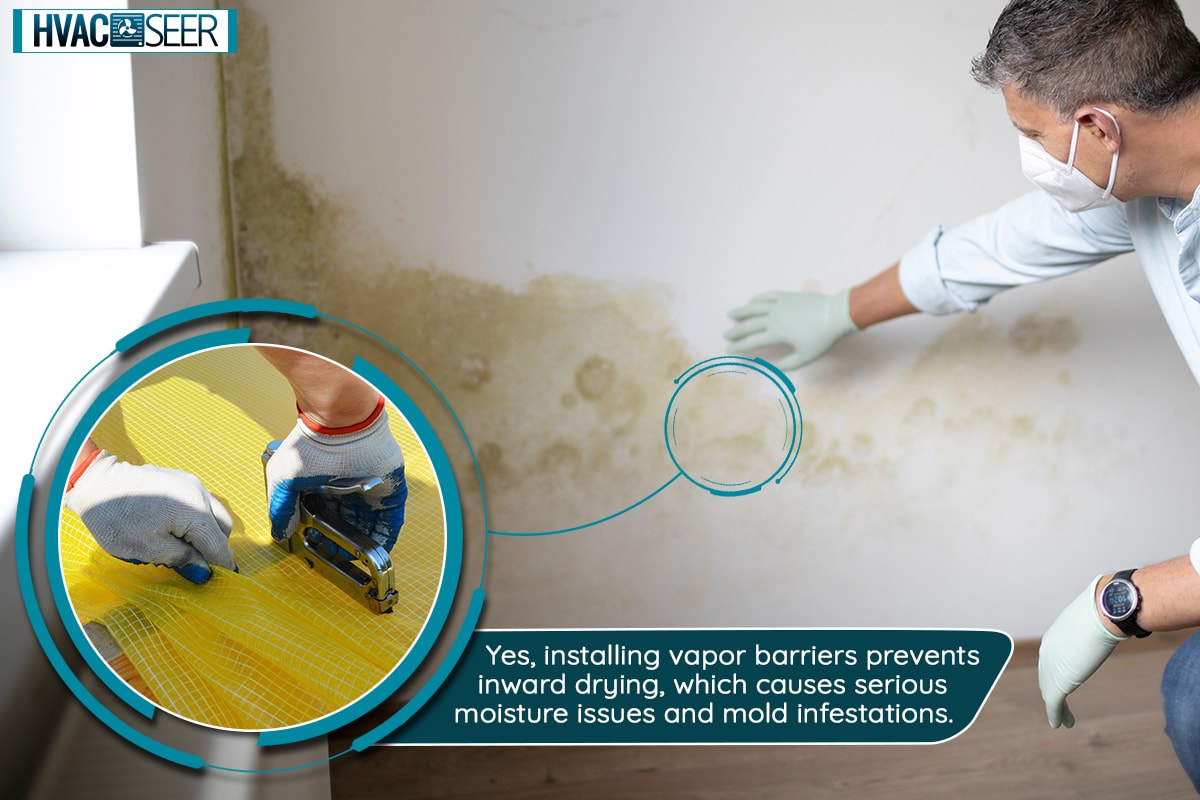
What is the Difference between a vapor barrier and a moisture barrier?
Moisture barriers are used to keep water out of the wall cavity. Vapor barriers, on the other hand, prevent water vapor from the house's interior from passing through the wall and condensing on the warm side of the insulation.
There are various types of vapor barriers that have been used, including;
Polyethylene Film
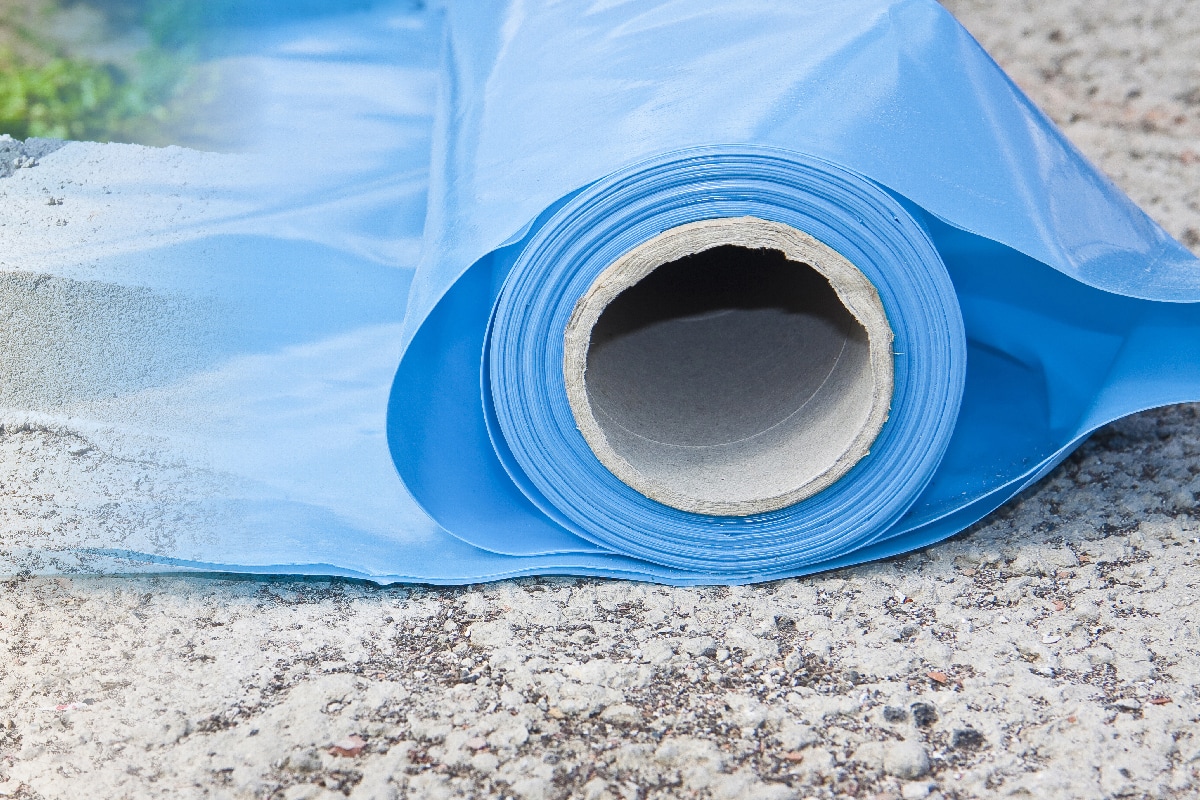
This is the most common type of vapor barrier used in modern construction because it also serves as an air barrier. It is a semi-transparent plastic film usually installed behind the drywall inside the home.
It is also popular because it is inexpensive and easy to install. These cannot be attached to the wall directly. To begin, attach a strip of wood six to twelve inches above the exterior grade to the concrete wall.
The poly sheets will then be stapled to the wood strip and run the wall length, directing any moisture to the floor.
Rigid Foam Board
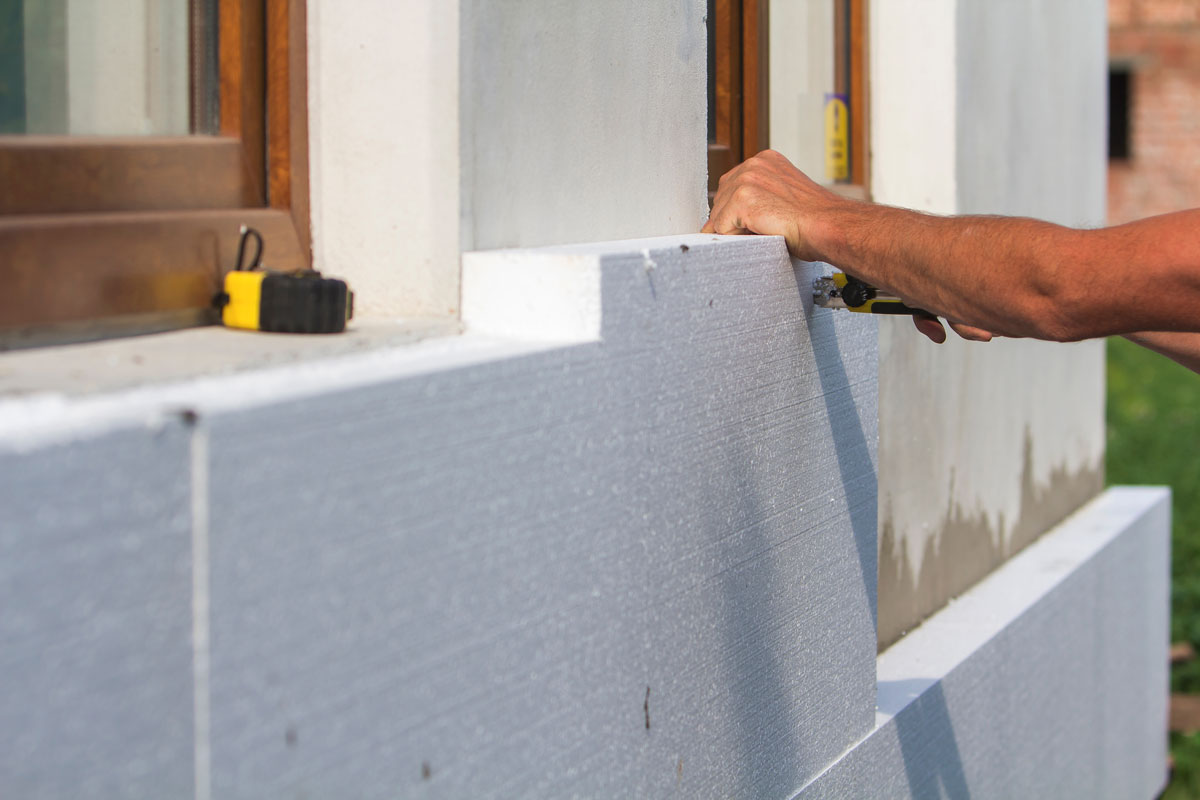
Foil-faced polyisocyanurate creates a vapor-impermeable barrier, limiting the drying potential of the wall. When the installation is thick enough, vapor barriers are even more impermeable insulation, such as expanded polystyrene.
Attaching rigid foam to your basement walls is arguably the most effective method of preventing moisture. You can then use spray foam to seal the corners and any gaps in the rigid foam. After that, you'll be able to begin framing the wall.
Exterior House Wrap (Tyvek)
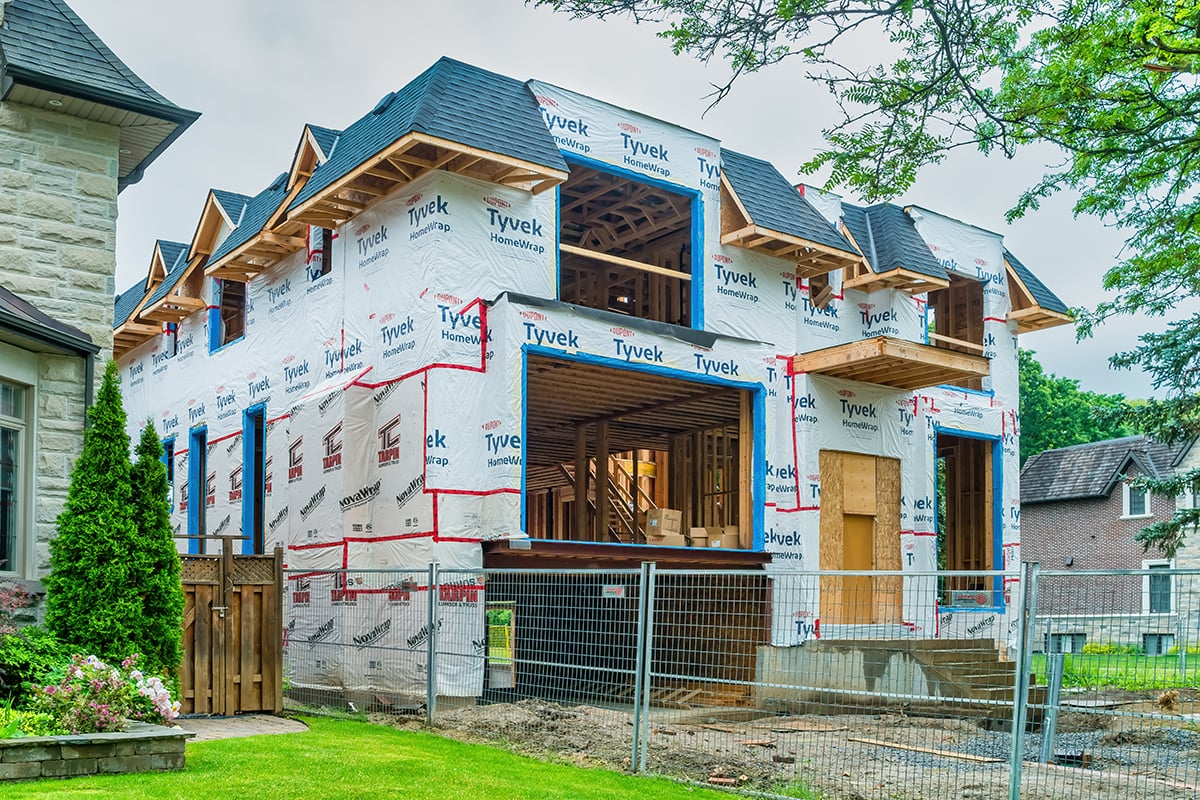
This method will also be hung with the help of a piece of wood attached to the concrete wall. A house wrap will direct any entering moisture onto the floor, away from the insulation.
Kraft Paper
This insulation has a facing composed of kraft paper with an asphalt coating that makes the material more resistant to water vapor. As a vapor barrier, the paper is used, preventing water vapor from spreading through the wall or other structure from the warm, moist, heated indoor air. This is typically found in older homes.
When installing the poly sheeting and exterior house wrap, make sure that the pieces do not overlap. Unlike rigid foam, they do not need to be sealed, and the wood and concrete walls require breathing space.
Efficient moisture control in these areas and throughout a home must include not only the use of vapor barriers but also air-sealing gaps in the structure. These wetting cycles can be caused by airflow, window leaks, pressure imbalances, and various lifestyle issues.
Should I install a vapor barrier in my basement?
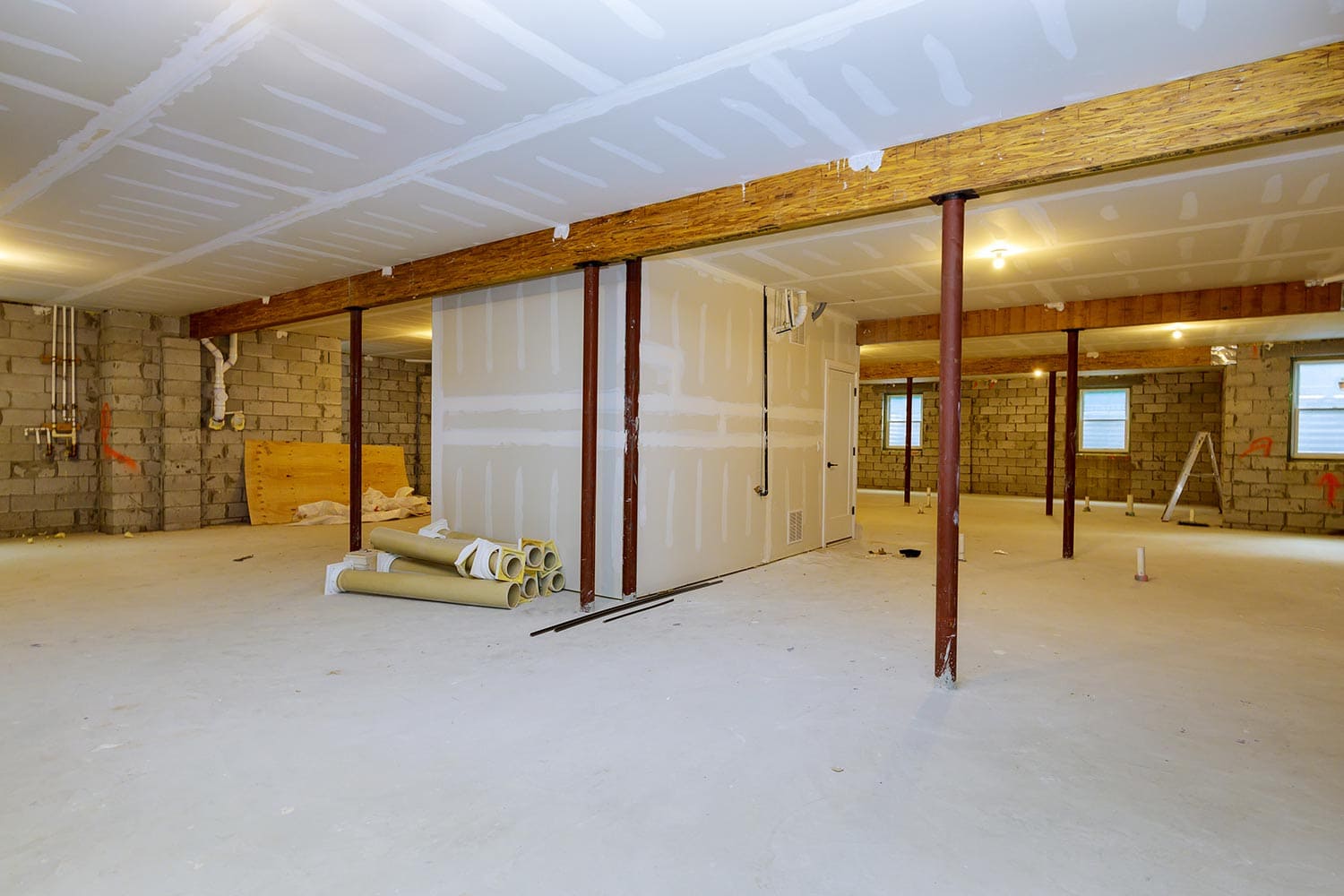
A basement vapor barrier should not be installed since it might encourage mold growth, especially if you have a finished basement.
Given how much moisture these barriers retain, allowing more humidity into your finished basement might cause damage to your sill plate, mold growth, and wood decay -all of which are costly to repair. Installing a basement vapor barrier may appear to be a good idea, but it can result in costly damage.
However, vapor barriers might be beneficial if your basement is unfinished and you live in a mixed environment. This tactic depends on your space and if it is hot and humid where you live all year.
So, technically speaking, always consider a few simple factors, like humidity, climatic conditions, and temperature, when installing a vapor barrier.
Do interior walls need a vapour barrier?
Usually, interior walls do not require a vapor barrier; however, it is strongly recommended in specific cases. Interior heating is far more prevalent in colder areas. This implies that the majority of the moisture in the structure will come from within. Thus, the barrier should guard against this.
For example, interior bathroom and kitchen walls benefit greatly from installing a vapor barrier. Every day, bathrooms and kitchens generate massive amounts of water vapor. As a result, the walls in these sections are painted with semigloss paint.
In addition, the paint acts as a vapor barrier. The inner walls of these areas will be protected from water damage by a continuous plastic vapor barrier installed behind the drywall.
On the other hand, a hot climacteric area shows the use of the vapor barrier in the exterior section of the building's construction. Because the temperature outside is higher than the temperature within, vapor rises and moves inside the inner walls.
Can I install a new vapor barrier over the old one?
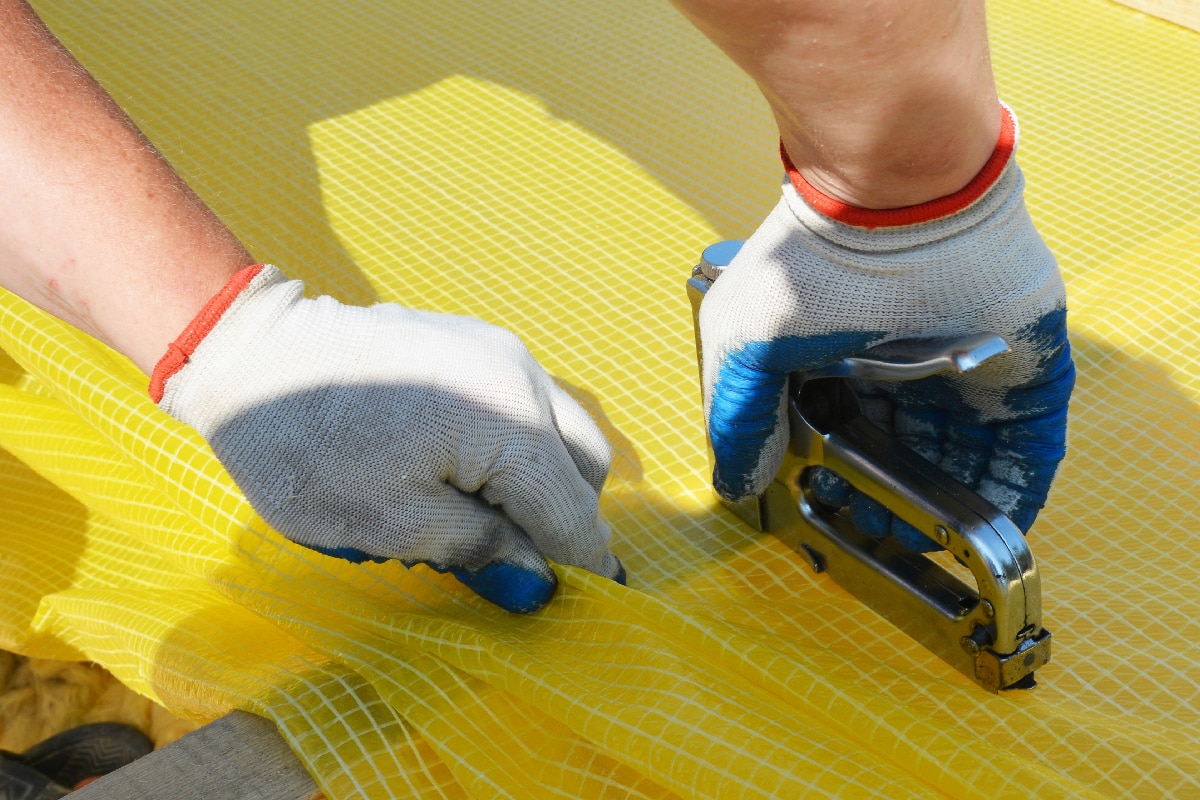
Yes, you certainly can. You may compromise the efficiency of both. One of the best practices includes leaving the old vapor barrier in place and installing the new one over it.
Unless it has not been contaminated or ripped by rodents, and even if it does not cover the entire wall or basement, the old barrier serves to provide additional moisture blocking and protects your new vapor barrier from any rocks or debris on your crawl space floor. Also, an old barrier helps to keep the new one clean during installation.
In Conclusion
A vapor barrier can provide benefits to a home or building. To avoid serious moisture problems and mold growth, this is strongly recommended only for certain conditions. Methods for creating a vapor barrier must be suited to the climate and type of wall construction.
After reading this, you should be able to make your own decision about whether you need to install a vapor barrier in your home or building based on the information we've provided. Now that you know more about it, you can effectively protect your home from water vapor and the problems that moisture can cause.
For even more information about vapor barriers, please check out our related posts:
Vapor Barrier Paint Vs. Plastic
Does Ceiling Insulation Need A Vapor Barrier?
